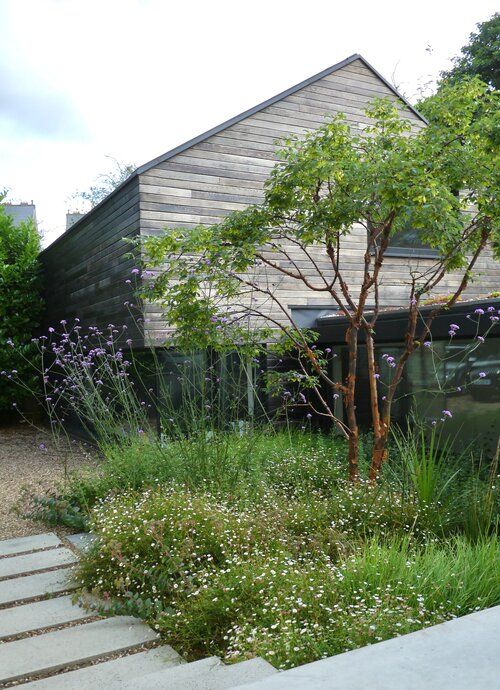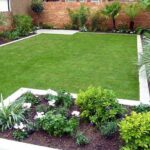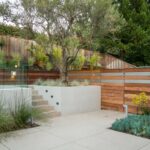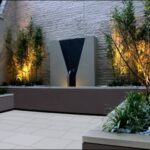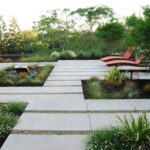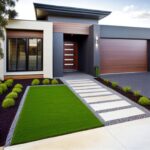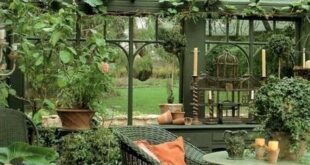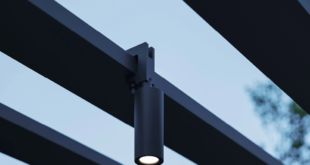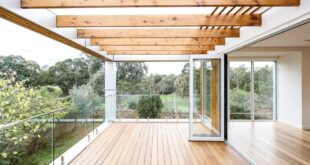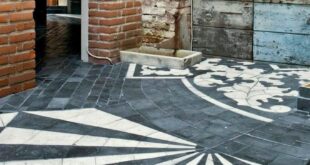Gardens have long been a beloved feature of homes worldwide, providing a peaceful sanctuary for relaxation and a beautiful backdrop for outdoor gatherings. Traditional gardens are known for their classic design elements such as lush greenery, colorful flowers, and neatly trimmed hedges. However, as the world continues to evolve, so too do our gardens.
In recent years, there has been a noticeable shift towards transforming traditional gardens into modern masterpieces. This trend involves incorporating contemporary design elements, innovative features, and cutting-edge technology to create a garden that is not only visually stunning but also functional and sustainable.
One of the key ways in which traditional gardens are being transformed into modern masterpieces is through the use of technology. Smart features such as automated irrigation systems, motion-activated lighting, and climate-controlled greenhouse structures are becoming increasingly popular in modern gardens. These technological advancements not only make gardening more convenient but also help to conserve water and energy resources.
In addition to technology, modern gardens are also incorporating sustainable design principles. This includes the use of eco-friendly materials, native plant species, and water-saving techniques such as rainwater harvesting and drought-resistant landscaping. By incorporating these sustainable practices, modern gardens not only reduce their environmental impact but also create a harmonious balance between nature and design.
Another key aspect of the transformation of traditional gardens into modern masterpieces is the use of contemporary design elements. This includes clean lines, geometric shapes, and minimalist aesthetics that create a sleek and sophisticated look. Modern gardens often feature bold contrasts, innovative materials, and sculptural elements that add a sense of drama and intrigue to the outdoor space.
Furthermore, modern gardens are also embracing the idea of outdoor living spaces. This includes the integration of outdoor kitchens, dining areas, and lounging spaces that blur the line between indoor and outdoor living. By creating multifunctional spaces that are both beautiful and practical, modern gardens are able to maximize the use of the outdoor area and create a seamless transition between the interior and exterior of the home.
Overall, the transformation of traditional gardens into modern masterpieces represents a shift towards creating outdoor spaces that are not only beautiful but also sustainable, functional, and innovative. By incorporating technology, sustainable practices, and contemporary design elements, modern gardens are able to elevate the traditional garden into a truly spectacular and dynamic outdoor living environment.
